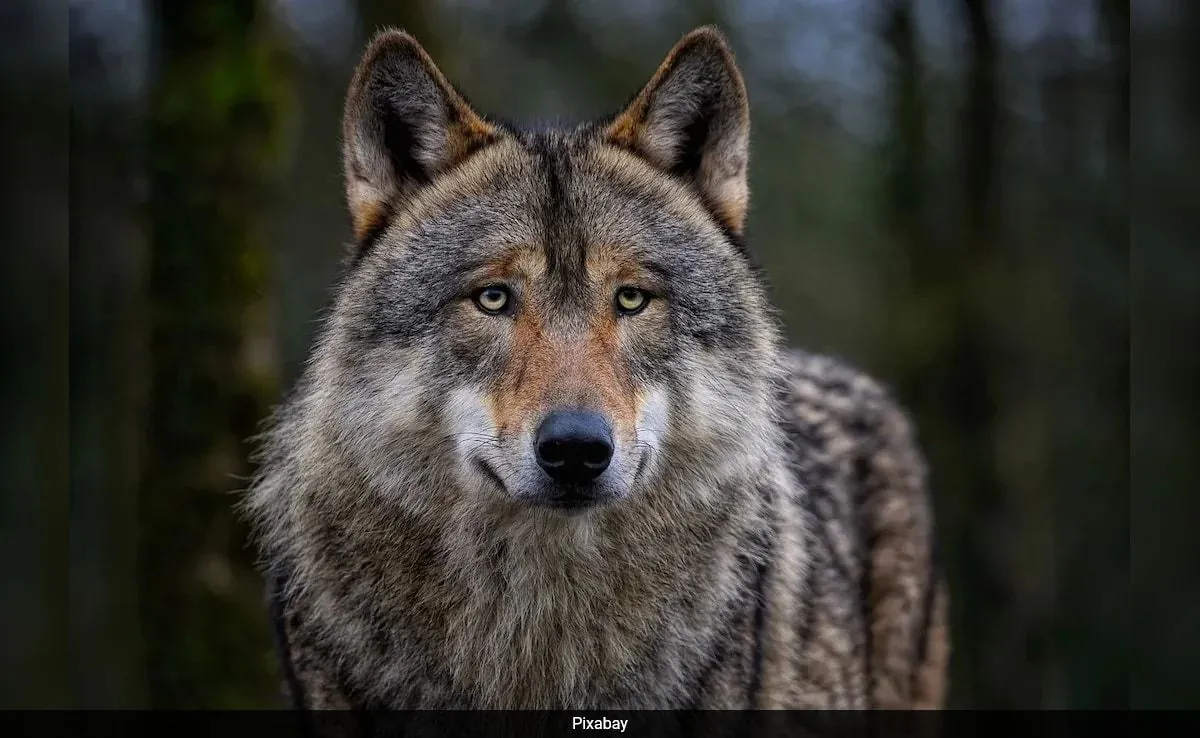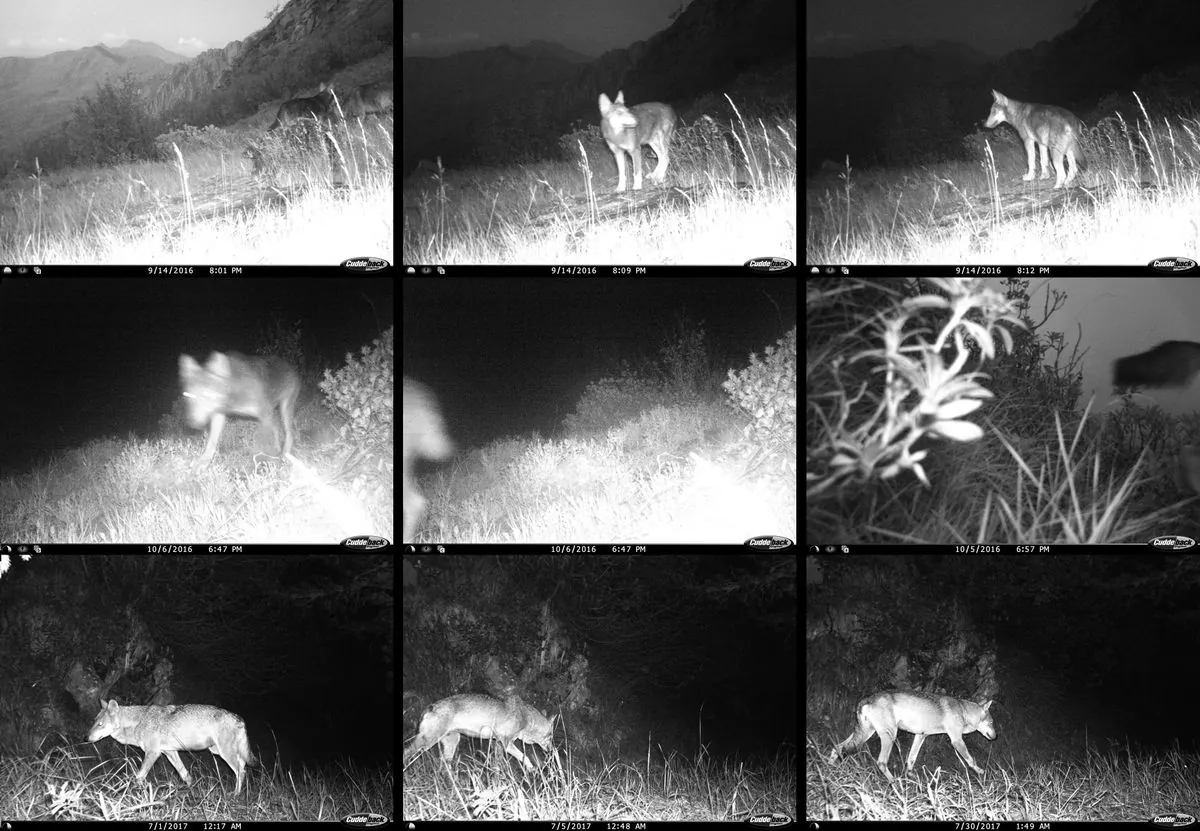Wolf Captured in Uttar Pradesh After Fatal Attacks on Villagers
Authorities in Uttar Pradesh, India, have captured one of three wolves responsible for killing seven people. Unusual wolf attacks prompt heightened security measures in affected villages.

In a rare incident of human-wildlife conflict, authorities in Uttar Pradesh, India's most populous state with over 200 million inhabitants, have successfully captured one of three wolves implicated in a series of fatal attacks. The incident, which occurred in the Bahraich district, known for its diverse wildlife, has raised concerns about the increasing human-wildlife interface in the region.
Over the past two weeks, these wolves have been responsible for the deaths of six children and one woman across more than 30 villages in the area. The attacks have primarily targeted individuals sleeping outdoors, a common practice during the hot summer months in India.
Akash Deep Badhawan, a senior officer of the Indian Forest Services, explained the situation: "The district administration and forest department have deployed several teams to guard the villages and apprehend the remaining wolves." The Indian Forest Service, established in 1864, has been at the forefront of managing such conflicts.

Authorities have employed advanced technology in their efforts to track and capture the wolves. Drones equipped with cameras and thermal mapping software have been utilized, showcasing the increasing role of technology in wildlife management. This approach has proven partially successful, leading to the capture of one wolf on August 28, 2024.
To protect villagers from further attacks, local authorities have implemented several measures. These include installing loudspeakers and flood lights to deter the animals. Additionally, forest officials from five nearby districts have been deployed to assist in the capture efforts.
Badhawan also mentioned an unconventional strategy: "We are planning to use elephant dung and urine to keep the pack of wolves at bay from residential areas. The burning of the dung cake would create an illusion of elephant presence in the area." This method leverages the fact that wolves typically avoid areas inhabited by larger animals like elephants, which are considered keystone species in Indian forests.
It's worth noting that wolf attacks on humans are unusual in India. Indian wolves, a subspecies of gray wolf native to the subcontinent, typically avoid human contact. They are protected under the Wildlife Protection Act of 1972, reflecting efforts to conserve their declining populations due to habitat loss and human conflict.
The ongoing situation in Bahraich district, part of the Terai-Duar savanna and grasslands ecoregion, highlights the complex challenges of human-wildlife coexistence. As human settlements expand into natural habitats, such conflicts may become more frequent, necessitating innovative solutions to protect both human communities and wildlife populations.
"The situation is a bit tricky as this particular species of wildlife is very cunning in nature. We have advised the villagers to not sleep in the open along with their children."
As authorities continue their efforts to capture the remaining two wolves, this incident serves as a reminder of the delicate balance between human development and wildlife conservation in India's rapidly changing landscape.


































